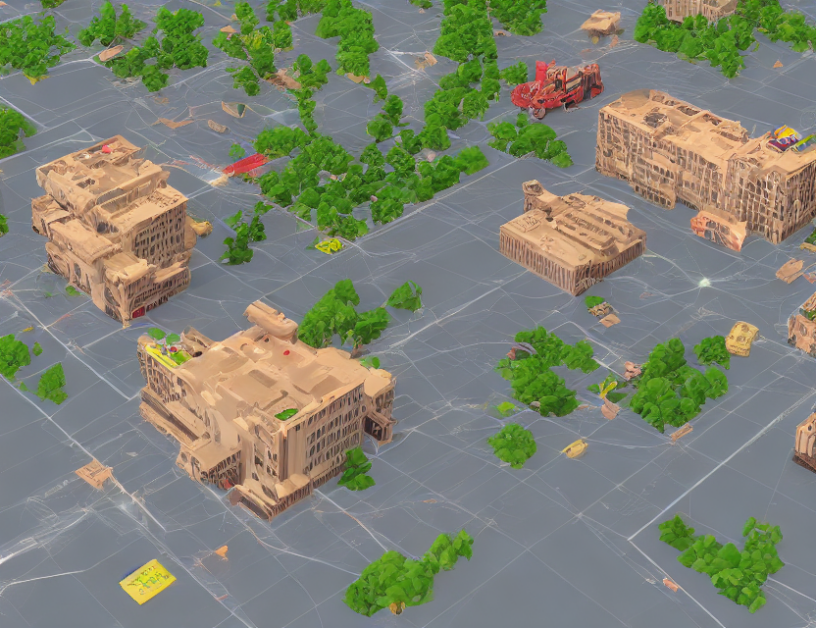Are you tired of struggling to find the right ROS package for your robotic project? Do you feel like searching through a sea of code is like trying to find a needle in a haystack? Well, fear not! In this article, we’ll dive into the world of ROS package knowledge graphs and explain how they can help you navigate this complex landscape with ease.
What are ROS Package Knowledge Graphs?
A ROS package knowledge graph is like a roadmap for your robotic project. It’s a structured representation of all the different ROS packages available, along with their relationships and features. Imagine it as a massive tree with branches representing each package, and leaves representing their individual components. Each leaf contains information about the package’s features, such as sensor suites or actuator types.
Why are ROS Package Knowledge Graphs Important?
ROS package knowledge graphs offer several benefits for robotics search. Firstly, they provide a comprehensive overview of all available packages, making it easier to identify the right one for your project. Secondly, they enable you to search through the graph structure rather than just sifting through code files, which can be like looking for a needle in a haystack. Finally, they allow you to explore relationships between packages and their features, much like following a trail of breadcrumbs to find your way through a forest.
How do ROS Package Knowledge Graphs Work?
So, how do these knowledge graphs work their magic? It all starts with a high-level abstraction of each ROS package, which represents the multi-dimensional concepts and relationships within them. This allows us to identify the relevant features for your project and match them with similar packages in the graph. Think of it like finding a perfect pair of shoes by looking at their shape, size, and material rather than just their color or style.
Next, we use natural language processing (NLP) techniques like BERT to analyze the text associated with each package and identify relevant information, such as sensor suites or actuator types. This is like using a powerful magnifying glass to examine the fine details of each shoe, identifying its unique features and capabilities.
Finally, we combine these two approaches to create a comprehensive search result that combines both the structured knowledge graph representation and the natural language processing-based feature analysis. It’s like having a team of experts working together to find the perfect pair of shoes for your needs – one that meets all your requirements and exceeds your expectations!
Conclusion
In conclusion, ROS package knowledge graphs are a powerful tool for robotics search, offering a comprehensive overview of available packages, efficient search capabilities, and detailed feature analysis. By leveraging both structured knowledge representation and natural language processing techniques, these graphs can help you find the perfect ROS package for your project with ease. So, next time you’re searching for a needle in a haystack of code, think about giving ROS package knowledge graphs a try – they might just be the magic wand you need to make your search a success!



